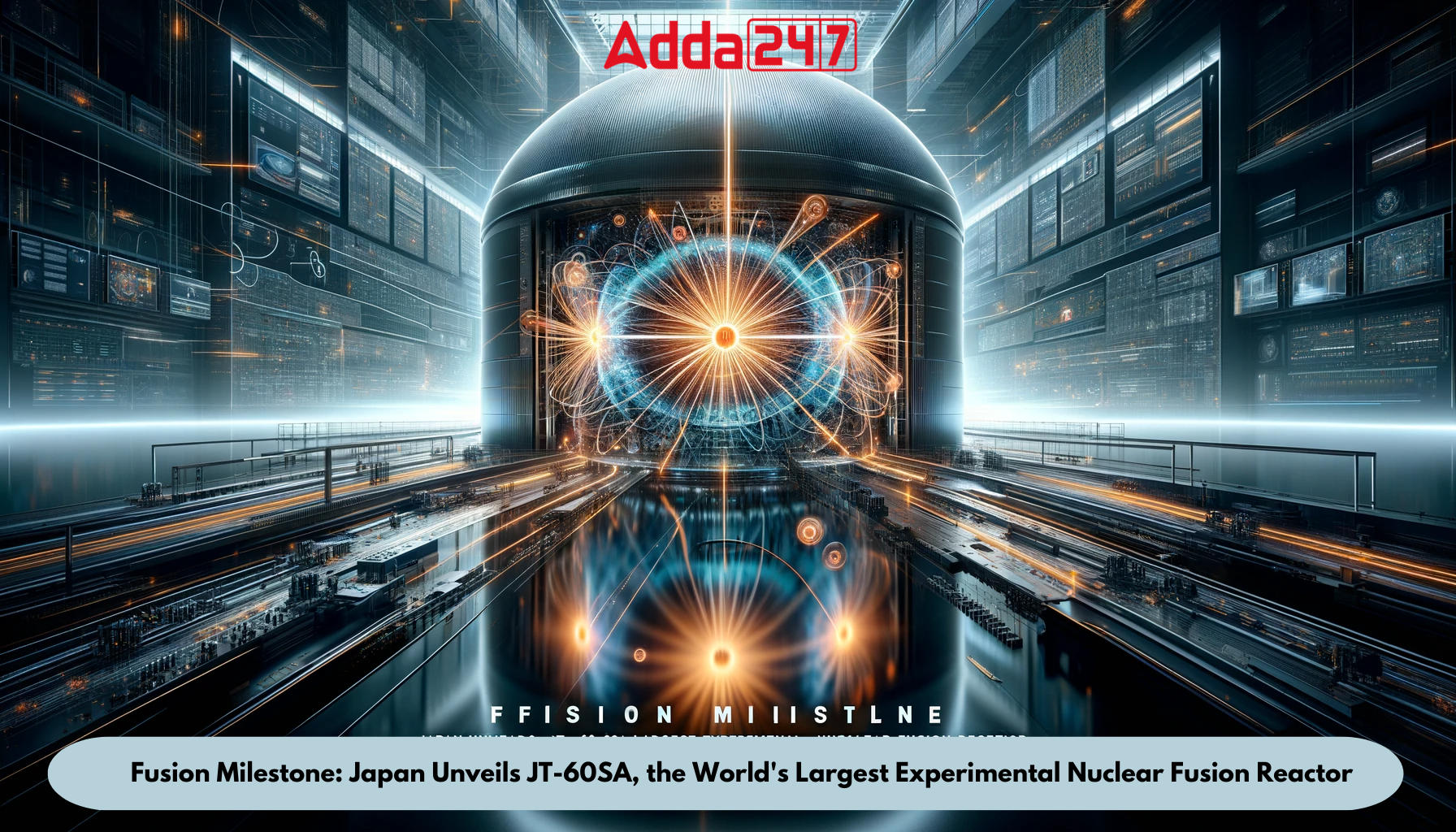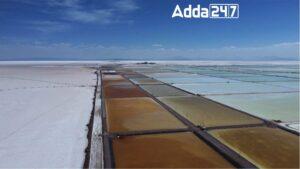In a historic moment for the field of nuclear fusion research, the JT-60SA, the world’s largest and most advanced experimental nuclear fusion reactor, has officially commenced operations in Japan’s Ibaraki Prefecture. Developed as a collaborative effort between the European Union and Japan, the JT-60SA represents a significant step forward in harnessing the potential of nuclear fusion as a clean and sustainable energy source.
As the world grapples with the pressing need for sustainable energy solutions, the inauguration of the JT-60SA serves as a beacon of hope in the quest for harnessing nuclear fusion for practical energy generation. While challenges persist, the collaborative efforts between nations underscore the collective determination to unlock the transformative potential of nuclear fusion and pave the way for a cleaner, brighter future.
Understanding Nuclear Fusion:
Nuclear fusion, a revolutionary alternative to the current nuclear power plant technology based on fission, involves the process of fusing two atomic nuclei to create a single, heavier element. Unlike fission, which entails splitting atomic nuclei, fusion has the potential to provide abundant energy with minimal environmental impact.
The JT-60SA Reactor:
Standing six stories high within a hangar in Naka, north of Tokyo, the JT-60SA reactor features a doughnut-shaped “tokamak” vessel designed to contain swirling plasma heated to an astounding 200 million degrees Celsius. This state-of-the-art facility serves as a precursor to the International Thermonuclear Experimental Reactor (ITER) in France, showcasing the collaborative spirit in the global pursuit of fusion energy.
The ITER Connection:
The JT-60SA and ITER share a common goal — coaxing hydrogen nuclei to fuse into helium, releasing energy in the form of light and heat. While the JT-60SA has successfully commenced operations, the ITER project, based in France, is facing delays and technical challenges, coupled with budgetary concerns. The juxtaposition highlights the complexities and hurdles associated with achieving net energy gain, the ultimate goal of nuclear fusion technology.
Significance for the Future:
Proponents of nuclear fusion view it as a potential game-changer in addressing humanity’s future energy needs. The clean and abundant energy produced through nuclear fusion could offer a sustainable solution to global energy demands while minimizing environmental impact. The inauguration of the JT-60SA signals a crucial advancement in bringing this technology closer to realization.
Important Questions Related to Exams
1. What is the JT-60SA and why is it significant?
Sol. The JT-60SA is the world’s largest and most advanced experimental nuclear fusion reactor, recently inaugurated in Japan’s Ibaraki Prefecture. It represents a major collaborative effort between the European Union and Japan, marking a significant step forward in the pursuit of nuclear fusion as a clean and sustainable energy source.
2. How does nuclear fusion differ from nuclear fission, and why is it considered revolutionary?
Sol. Nuclear fusion involves the process of fusing two atomic nuclei to create a single, heavier element, as opposed to nuclear fission, which entails splitting atomic nuclei. Fusion has the potential to provide abundant energy with minimal environmental impact, making it a revolutionary alternative to current nuclear power plant technology.
3. What is the purpose of the JT-60SA reactor?
Sol. The JT-60SA reactor, standing six stories high in Naka, north of Tokyo, features a doughnut-shaped “tokamak” vessel designed to contain swirling plasma heated to an extraordinary 200 million degrees Celsius. It serves as a precursor to the International Thermonuclear Experimental Reactor (ITER) in France, showcasing global collaboration in the pursuit of fusion energy.



 Mankind Pharma Acquires Bharat Serums an...
Mankind Pharma Acquires Bharat Serums an...
 Discovery of Lithium Resources in Mandya...
Discovery of Lithium Resources in Mandya...
 What is Blue Screen of Death?
What is Blue Screen of Death?
